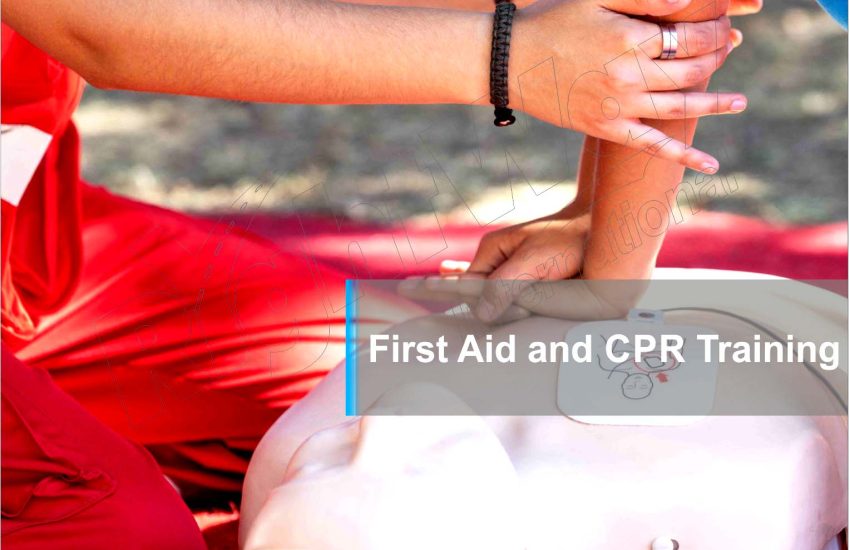First Aid and Cardiopulmonary Resuscitation (CPR) training equips individuals with the knowledge and skills to respond effectively in medical emergencies. This training can save lives, reduce the severity of injuries, and provide critical support until professional medical help arrives. This article explores the importance of First Aid and CPR training, key components of the programs, and best practices for effective training.
Importance of First Aid and CPR Training
- Life-Saving Skills
- Knowing how to perform CPR and basic first aid can significantly increase the chances of survival in emergencies like cardiac arrest, choking, or severe injuries.
- Increased Confidence
- Training helps individuals feel more confident in their ability to respond to emergencies, reducing panic and uncertainty when situations arise.
- Community Impact
- Widespread training creates a safer community by ensuring that more people are prepared to assist during emergencies, promoting a culture of care and preparedness.
- Regulatory Compliance
- Many workplaces and organizations are required by law to provide First Aid and CPR training, ensuring compliance with health and safety regulations.
Key Components of First Aid and CPR Training
- Basic First Aid Techniques
- Training covers essential first aid skills, including wound care, splinting fractures, managing burns, and treating shock.
- CPR Techniques
- Participants learn how to perform CPR on adults, children, and infants, including chest compressions and rescue breaths. The training also covers the use of Automated External Defibrillators (AEDs).
- Recognizing Emergencies
- Training includes identifying signs and symptoms of medical emergencies, such as heart attacks, strokes, allergic reactions, and respiratory distress.
- Emergency Action Plans
- Participants learn how to assess a scene for safety, call for help, and provide information to emergency responders.
- Hands-On Practice
- Practical exercises are a crucial part of the training, allowing participants to practice skills in simulated scenarios to build confidence and competence.
Best Practices for Effective Training
- Certified Instructors
- Ensure that training is conducted by certified instructors who are knowledgeable and experienced in First Aid and CPR techniques.
- Interactive Learning
- Use a mix of instructional methods, including lectures, demonstrations, and hands-on practice, to engage participants and enhance retention.
- Regular Refreshers
- Encourage participants to attend refresher courses every two years to keep their skills up-to-date and reinforce their knowledge.
- Provide Resources
- Equip participants with take-home materials, such as quick reference guides or mobile apps, to help them remember key concepts and techniques.
- Encourage Group Participation
- Foster teamwork and collaboration during training exercises to create a supportive learning environment and build camaraderie among participants.
Conclusion
First Aid and CPR training are essential skills that empower individuals to act confidently and effectively in emergencies. By providing this training, organizations can enhance workplace safety, promote a culture of preparedness, and ultimately save lives. Regular training, hands-on practice, and continued education ensure that participants are ready to respond in critical situations. Investing in First Aid and CPR training not only benefits individuals but also strengthens the entire community’s resilience in the face of emergencies.


